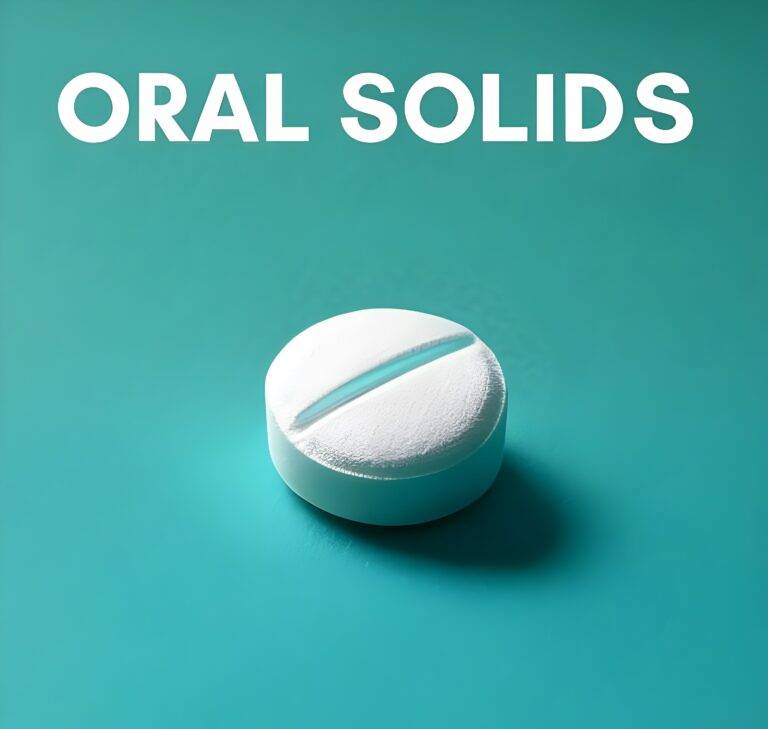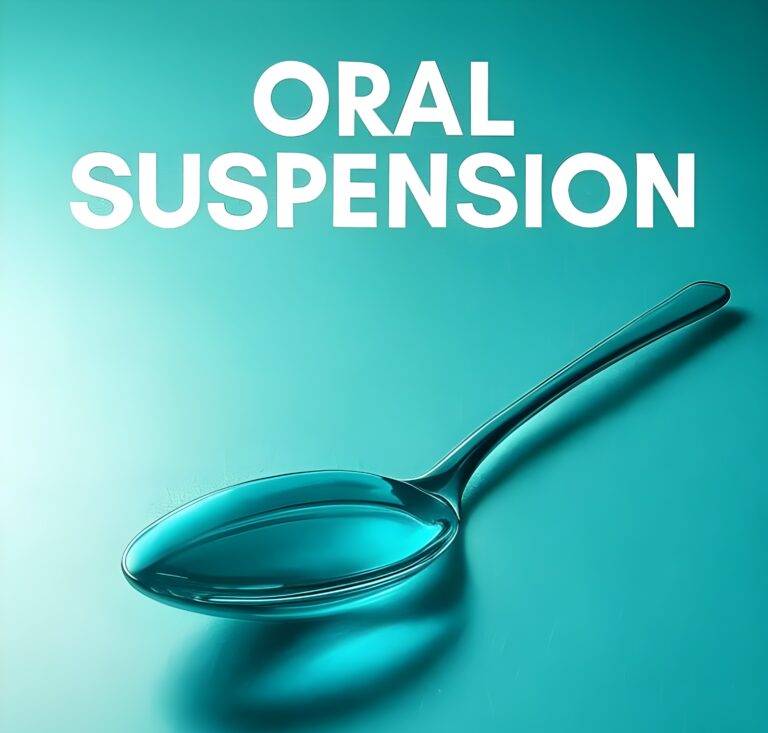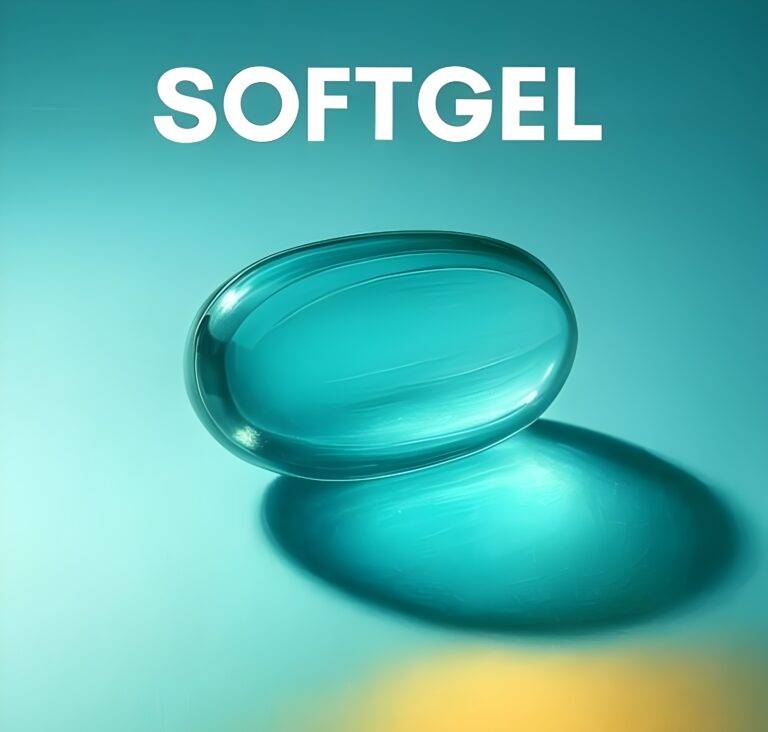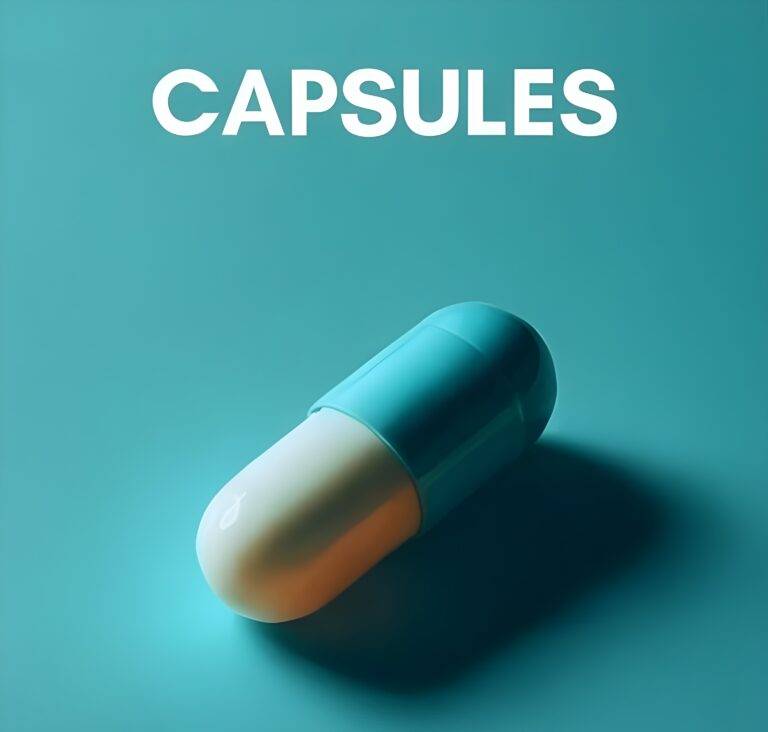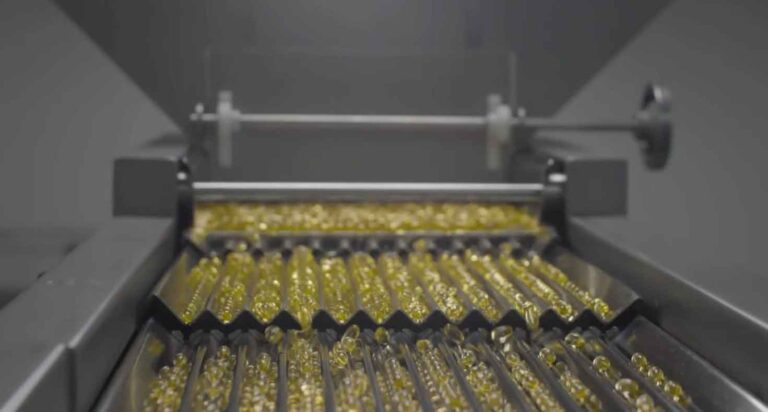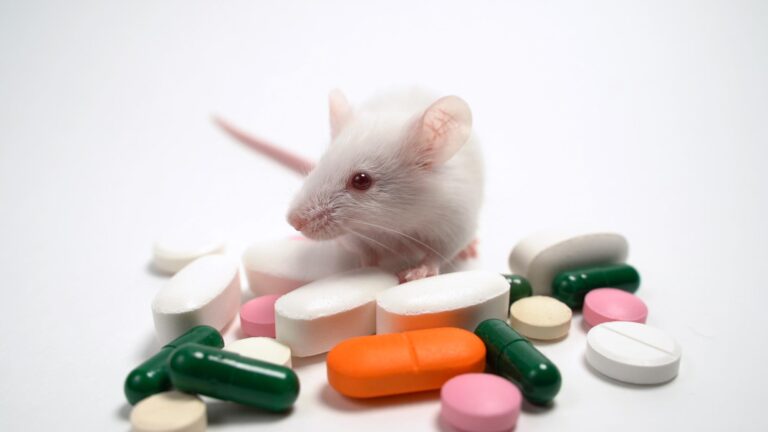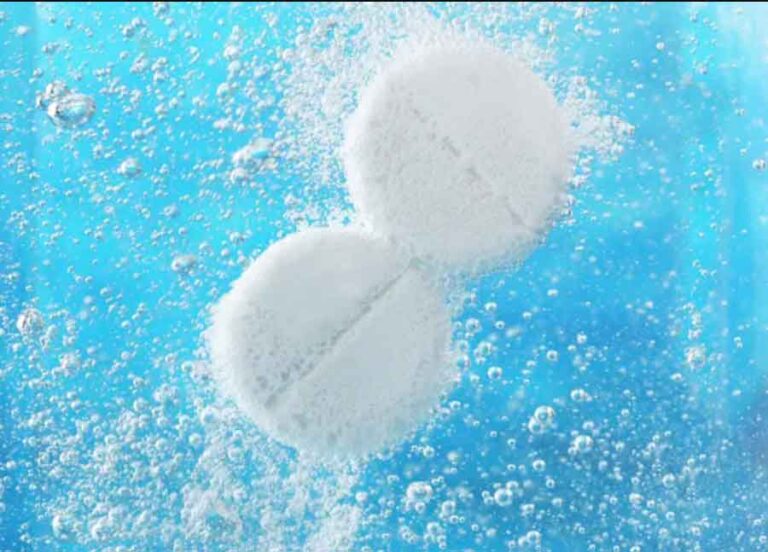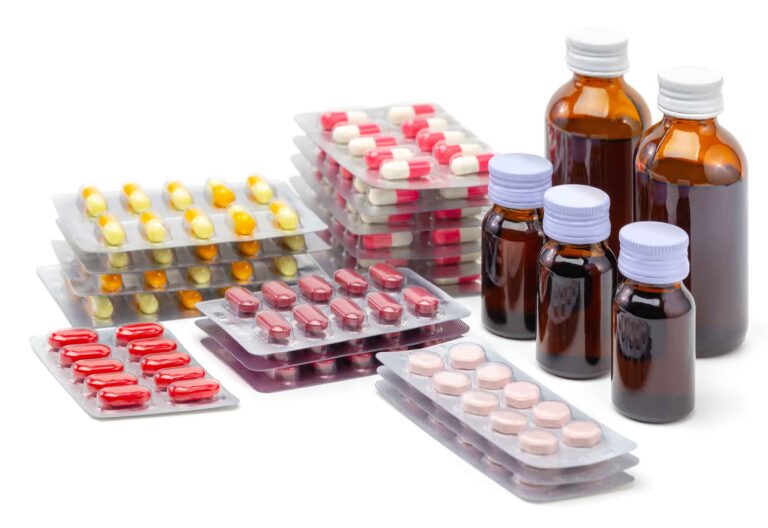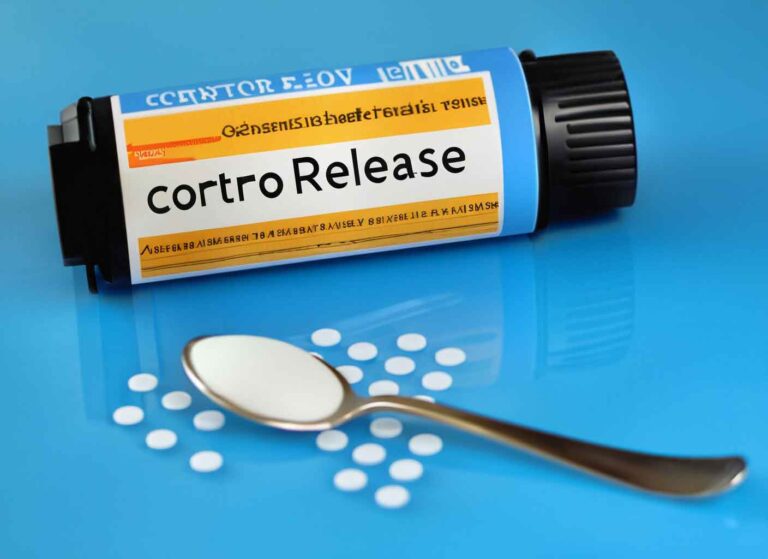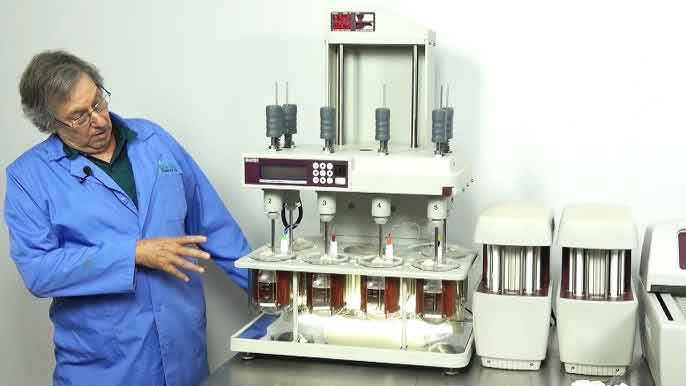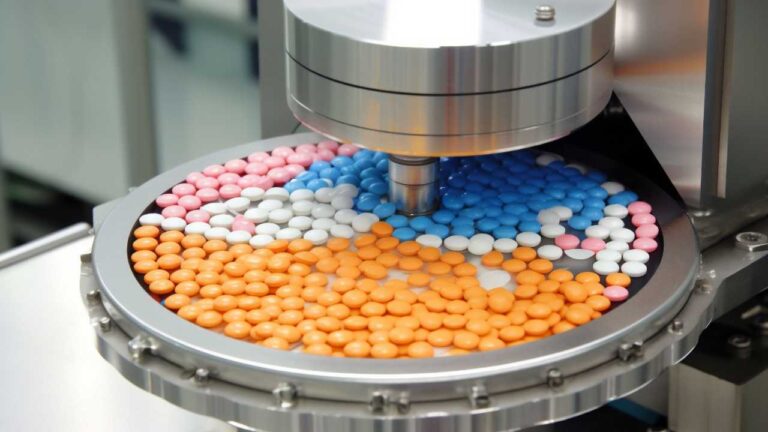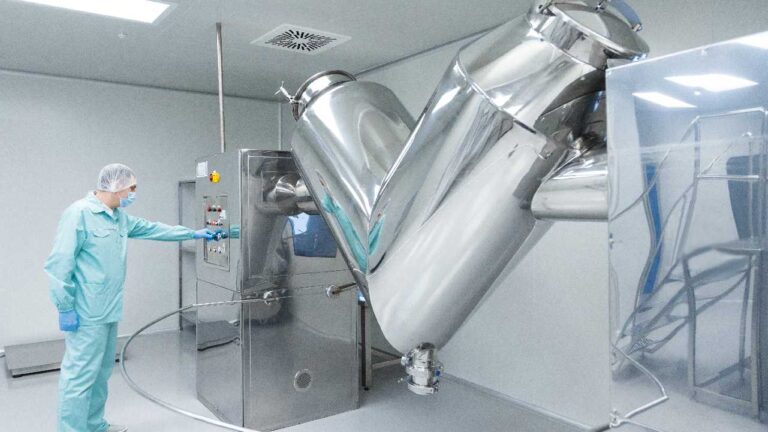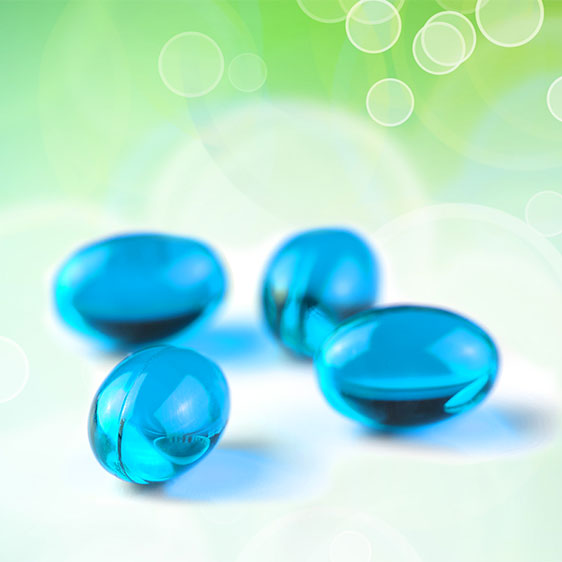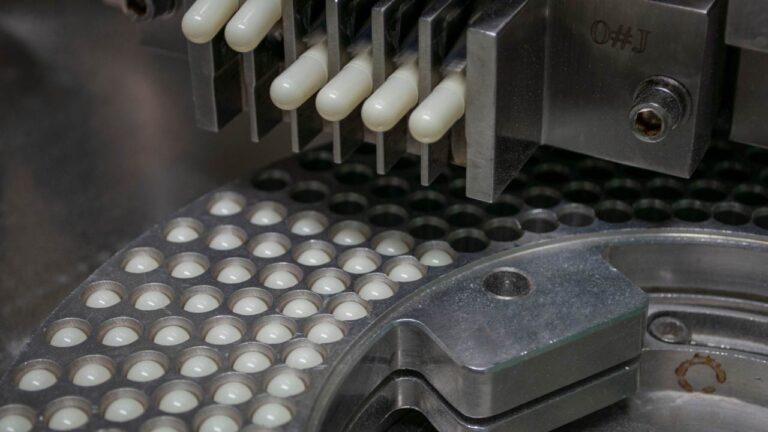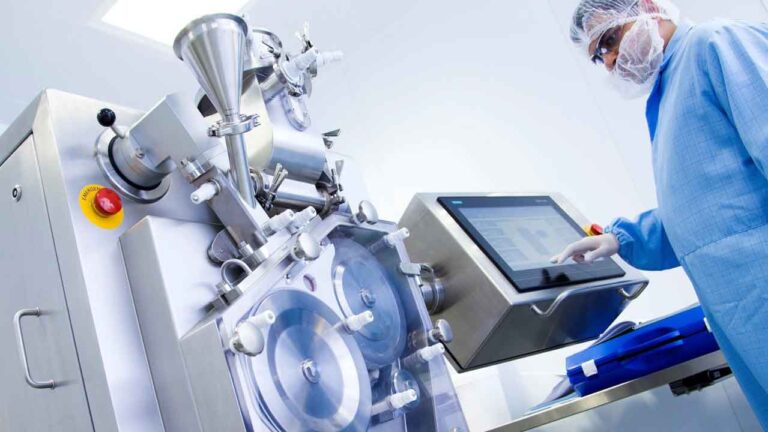Drug-Excipient Compatibility Studies are a critical phase in the drug development process. They involve evaluating the interactions between a drug substance and the excipients that are used in the formulation of a dosage form. Excipients are non-active ingredients that serve various functions in pharmaceutical products, such as improving stability, solubility, or aiding in the drug’s delivery.
The purpose of these studies is to ensure that the excipients do not react chemically or physically with the drug in a way that could affect the drug’s efficacy, safety, or stability. This is particularly important because even though excipients are generally pharmacologically inert, they can sometimes interact with the drug substance under certain conditions, leading to instability or the formation of new compounds with different properties.
During Drug-Excipient Compatibility Studies, scientists use various analytical techniques to detect any potential incompatibilities. These techniques can include thermal methods like Differential Scanning Calorimetry (DSC), spectroscopic methods such as vibrational spectroscopy, and chromatographic methods like High-Performance Liquid Chromatography (HPLC).
The studies are guided by regulatory guidelines to ensure that all potential interactions are thoroughly investigated. This helps in the optimization of the dosage form with respect to patentability, processing, drug release, and physicochemical stability. Ultimately, these studies support the development of safe and effective pharmaceutical products ready for market entry.
At Hycon, we specialize in Drug-Excipient Compatibility Studies, a cornerstone of pharmaceutical formulation that ensures the safety and efficacy of drug products. Our approach is meticulous and tailored to meet the unique needs of each client, providing insights that are critical for successful drug development.
The Nuances of Compatibility
The interplay between drug substances and excipients is a cornerstone of pharmaceutical formulation. This relationship is pivotal in determining the overall therapeutic efficacy and safety of the medication. Excipients, while not exerting direct therapeutic effects, are fundamental in shaping the pharmacokinetic profile of the drug.
Drug-Excipient Compatibility and Performance Enhancement
Compatibility studies are essential to ensure that excipients do not adversely affect the drug’s physical and chemical stability. Excipients can enhance the performance of drugs by improving their solubility and permeability. For example, the use of solubilizers can increase the solubility of hydrophobic drugs, which is crucial for drugs with low intrinsic solubility. Additionally, excipients can modulate the drug release rate, ensuring a controlled and sustained delivery of the active ingredient.
Impact on Bioavailability and Stability
Excipients can significantly impact the bioavailability of drugs. They can alter the gastrointestinal environment, affecting the drug’s dissolution and absorption. Some excipients can bind to drugs, influencing the free drug concentration and, consequently, its bioavailability. The binding interactions can be reversible and pH-dependent, which may not affect the oral bioavailability of high dose drugs. However, the strength of these interactions in solution state is a critical factor to consider during formulation development.
Analytical Techniques for Studying Drug-Excipient Interactions
Recent advances in analytical techniques have enhanced our ability to study drug-excipient compatibility. Spectroscopic, chromatographic, thermal, and microscopy-based approaches provide insights into the physical and chemical interactions between drugs and excipients. These methods help in identifying potential incompatibilities and optimizing excipient selection for improved drug performance.
Novel Excipients and Precompetitive Research
Innovation in excipient development is crucial for advancing drug formulation. Precompetitive research into novel excipients can lead to breakthroughs in drug delivery technologies. For instance, the development of lipid nanoparticles as excipients has been instrumental in the successful delivery of mRNA vaccines. Such innovations underscore the importance of excipients in modern pharmaceuticals.
Biological Effects of Excipients
Excipients are traditionally viewed as inert, but they can exert biological effects that influence drug absorption, metabolism, and transport. The biological activity of excipients can affect gastrointestinal transit time, permeability, and presystemic drug metabolism. Understanding these effects is vital for predicting and optimizing drug bioavailability.
Regulatory and Quality Considerations
Regulatory agencies require thorough documentation of excipient quality and compatibility. The selection of excipients must comply with regulatory standards to ensure the safety and efficacy of the drug product. Quality assurance measures are implemented to monitor the consistency and stability of excipients, which is integral to maintaining the integrity of the drug product throughout its shelf life.
Excipient Roles in Drug Formulation
In the intricate process of drug formulation, excipients are indispensable allies that contribute to the overall therapeutic efficacy, stability, and acceptability of pharmaceutical products. Their roles are multifaceted and extend far beyond mere fillers or inert carriers. Let’s delve into the comprehensive roles of excipients, highlighting their critical functions and the nuances that make them essential in drug development.
Solubility and Bioavailability Enhancement
Excipients play a pivotal role in enhancing the solubility and bioavailability of drugs, especially those with poor water solubility. By employing various excipients such as solubilizers, complexing agents, and surfactants, formulators can significantly improve the dissolution rate of drugs, which is a critical factor in their absorption and overall bioavailability.
Stabilization of Active Pharmaceutical Ingredients (APIs)
The stability of APIs is paramount in ensuring the drug’s efficacy throughout its shelf life. Excipients such as antioxidants, chelating agents, and various protective coatings are meticulously selected to shield APIs from environmental factors like oxidation, light, and moisture.
Controlled and Targeted Drug Release
The design of controlled-release formulations relies heavily on excipients that can modulate the release rate of the drug. Polymers, thickeners, and other matrix formers are utilized to create systems that release the drug in a controlled manner, enhancing therapeutic outcomes and patient compliance.
Facilitation of Drug Processing
The manufacturability of a drug is greatly influenced by the choice of excipients. They aid in various manufacturing processes, including granulation, compression, and coating, ensuring the production of consistent and high-quality dosage forms.
Improvement of Patient Experience
The sensory attributes of a drug, such as taste and appearance, are crucial for patient adherence. Excipients like flavors, sweeteners, and colorants are incorporated to make medications more palatable and visually appealing, particularly for sensitive populations like children and the elderly.
Addressing Drug-Excipient Interactions
Drug-excipient interactions can significantly impact the stability and efficacy of a drug. Advanced analytical techniques are employed to identify and characterize these interactions, guiding the selection of compatible excipients that will not compromise the drug’s performance.
Excipients in Novel Drug Delivery Systems
The evolution of drug delivery systems has led to the exploration of novel excipients that can support innovative formulations. These excipients enable the development of differentiated products that cater to specific therapeutic needs and patient populations.
Regulatory Considerations
The selection and use of excipients are governed by stringent regulatory standards. Our team ensures compliance with the latest guidelines from regulatory bodies such as the FDA, EMA, and ICH, guaranteeing that our formulations meet the highest standards of safety and efficacy.
Customization for Special Populations
Recognizing the diverse needs of different patient groups, we tailor our formulations using excipients that address specific challenges, such as pediatric formulations that require smaller, more palatable dosage forms, or geriatric formulations that focus on ease of administration.
The Future of Excipients
Looking ahead, the role of excipients is set to expand further as research continues to uncover new functionalities and applications. The development of excipients that can respond to specific physiological triggers or environmental conditions is an exciting frontier in drug formulation.
Compatibility Testing: A Comprehensive Approach
At Hycon, our compatibility testing is a sophisticated process that extends beyond the industry standard. We conduct accelerated stability studies under stress conditions, which are carefully crafted to reveal potential degradation pathways and incompatibilities. Our approach is not just reactive but anticipatory, allowing us to foresee and address risks before they manifest.
Proactive Risk Management
Our risk management strategy is comprehensive:
- Degradation Pathway Identification: Through advanced analytical techniques, we chart the degradation pathways of active pharmaceutical ingredients (APIs), enabling us to predict their stability under various scenarios.
- Stress Testing: We subject our formulations to extreme conditions such as high temperatures, humidity, and oxidative environments, to test their resilience.
- Incompatibility Assessment: We meticulously examine the interactions between APIs and excipients, ensuring the stability and efficacy of our products throughout their shelf life.
Advanced Analytical Tools
Our laboratory is equipped with the latest analytical technology, which allows us to:
- Characterize Physicochemical Properties: We analyze critical attributes like acid dissociation constant, partition coefficient, and solubility profiles.
- Assess Safety Characteristics: We evaluate parameters such as compatibility with the in vivo environment, cross-reactivity, half-life, and immunogenicity to guarantee the safety of our products.
In-Use Stability and Compatibility
- In-Use Compatibility: We assess the manipulation of Drug Product by healthcare providers from the moment the sealed container is opened until it’s delivered to the patient. This includes setting clinical hold times, contact materials, diluents, and dosing concentrations.
- Regulatory Guidance Interpretation: We navigate through regulatory guidance, which often leaves room for interpretation, to ensure our testing meets and exceeds the required standards.
Industry Best Practices
- Harmonized Approach: We adopt industry best practices for conducting in-use stability and compatibility studies, focusing on conventional biologics like antibody-based therapeutics, peptides, proteins, and vaccines.
- Study Design: We select appropriate Drug Product batches and administration materials, and employ harmonized approaches to communicate stability information to clinics and regulatory bodies.
Continuous Improvement
- Lessons Learned: We continuously learn from past experiences, ensuring that our compatibility studies are aligned with clinical practices and that our instructions for preparation and administration are clear and precise.
By integrating these advanced practices into our compatibility testing, we ensure that our pharmaceutical products are not only stable and effective but also safe for patient use. Our commitment to excellence in compatibility testing is unwavering, as we strive to deliver quality medicines that meet the highest standards of pharmaceutical quality.
Analytical Techniques in Excipients
Beyond the Basics
Our analytical capabilities extend beyond traditional methods, incorporating advanced techniques to dissect the intricacies of drug-excipient interactions with precision:
Microcalorimetry
- Isothermal Titration Calorimetry (ITC): This technique provides a thermodynamic panorama of the interaction process, revealing the heat exchange associated with binding events. It’s pivotal for understanding the energetics of drug-excipient interactions, offering insights into the binding mechanisms and their implications for drug formulation stability and efficacy.
Spectroscopy
- Nuclear Magnetic Resonance (NMR): NMR spectroscopy is not just about structural elucidation; it’s a window into the dynamic world of molecules. It allows us to observe the behavior of drugs at the atomic level in real-time, providing a comprehensive understanding of drug-excipient interactions and their potential impact on drug performance.
Chromatography
- Ultra-Performance Liquid Chromatography (UPLC): With UPLC, we push the boundaries of chromatographic analysis, achieving unparalleled resolution and sensitivity. This method is essential for deconstructing complex mixtures and identifying potential interactions that could affect drug stability and bioavailability.
Regulatory Insight
In the ever-evolving landscape of pharmaceutical regulations, our team is adept at ensuring compliance with the most current standards. We are well-versed in the intricacies of regulatory frameworks and adept at aligning our analytical strategies with the stringent requirements set forth by global health authorities.
Tailored Solutions
Specialized Formulations
We craft patient-centric formulations, considering the unique needs of diverse patient populations. Our approach is holistic, encompassing the development of:
- Pediatric and Geriatric Formulations: We focus on creating safe and effective medication regimens for the most sensitive patients, considering factors like ease of swallowing, palatability, and dosing accuracy.
- Controlled Release Systems: Our expertise in controlled release technology allows us to design dosage forms that deliver medication at the right rate and duration, enhancing patient adherence and therapeutic outcomes.
Preformulation Services
Our preformulation services lay the groundwork for successful drug development, providing critical insights into:
- Solubility and Dissolution Testing: We evaluate the solubility landscape of new drug entities, guiding formulation strategies to enhance bioavailability.
- Particle Size Analysis: Particle size can dramatically influence a drug’s behavior. Our analysis ensures optimal particle size distribution for manufacturing and patient use.
- Polymorph Screening: Polymorphs can have profound effects on drug properties. Our screening processes identify the most stable and bioavailable forms.
By integrating these advanced analytical techniques with our regulatory knowledge and patient-focused solutions, we provide a robust foundation for the development of innovative pharmaceutical products that meet the highest standards of quality and efficacy.
Related Services
